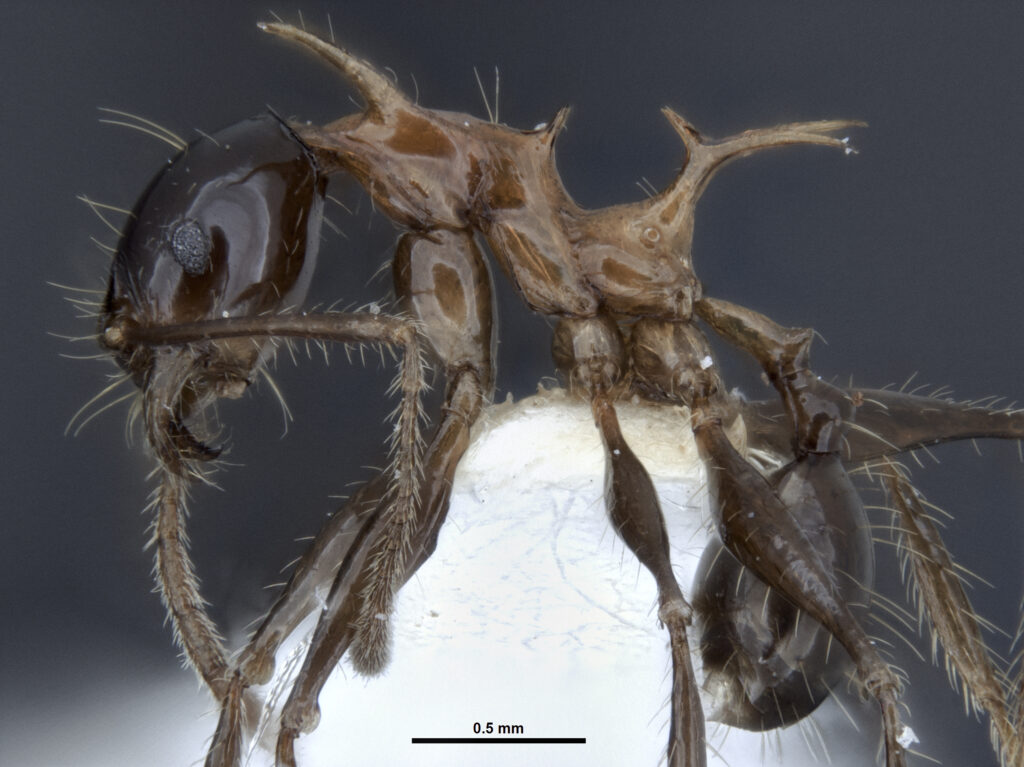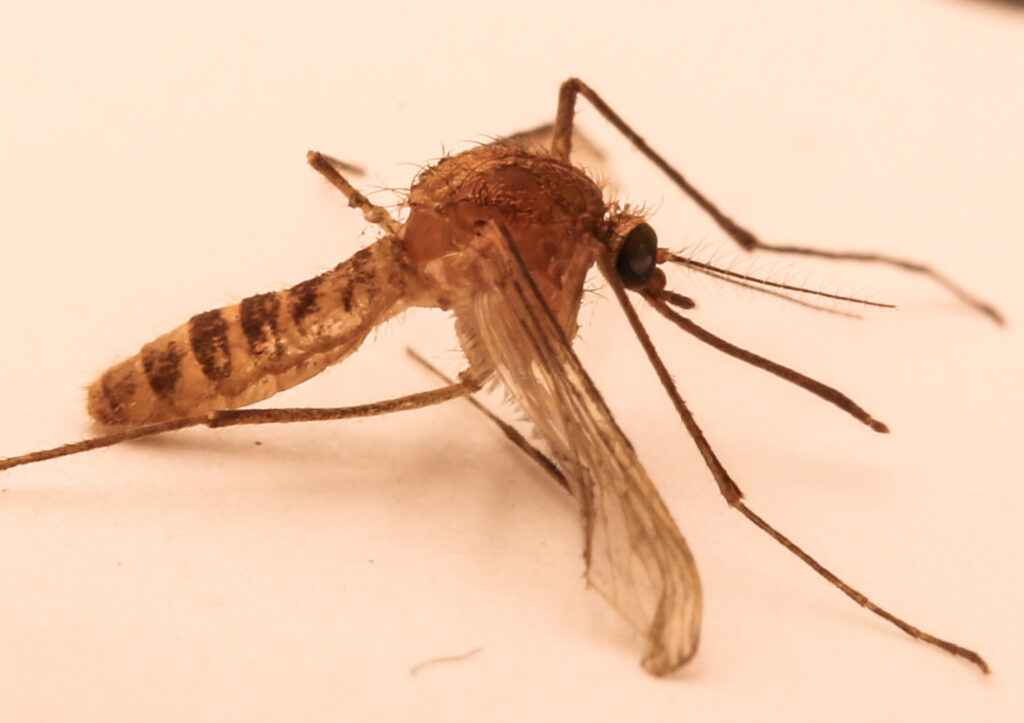How many unknown animal species are yet to be discovered?

The Earth is teeming with life, from the tiniest microbes to the largest mammals. Yet, despite centuries of exploration and scientific study, we have only scratched the surface of the incredible diversity of life on our planet. How many undiscovered animal species are yet to be discovered? This is a question that has puzzled scientists for centuries, and the answer is far from straightforward.
The Known Unknowns
As of 2022, scientists have identified and described around 1.7 million species of animals. This includes everything from insects and fish to mammals and birds. However, this number is just the tip of the iceberg. Estimates suggest that there could be anywhere from 5 to 30 million species of animals yet to be discovered. This means that we have only identified and described around 15% of the total number of animal species on Earth.
The vast majority of known animal species are invertebrates, such as insects, spiders, and mollusks. In fact, around 80% of all known animal species are invertebrates. In contrast, vertebrates, which include mammals, birds, reptiles, amphibians, and fish, make up only around 2% of all known animal species.
The number of known animal species is also heavily skewed towards certain taxonomic groups. For example, there are over 300,000 species of beetles alone, making them the most diverse group of animals on Earth. In contrast, there are only around 5,000 species of mammals and 10,000 species of birds.
Despite the huge number of known animal species, there are still large gaps in our knowledge. For example, scientists have only described around 10% of all insect species, and there are likely thousands of undiscovered species living in the world’s oceans. In fact, some estimates suggest that there could be as many as 10 million undiscovered species living in the deep sea alone.
Where Are Undiscovered Animal Species Hiding?
One of the most likely places to find new species is in the world’s oceans. The oceans cover more than 70% of the Earth’s surface, and yet, we have only explored a tiny fraction of them. The deep sea, in particular, is a vast and largely unexplored frontier, with scientists estimating that we have only explored around 5% of the ocean floor. In these dark and inhospitable depths, there could be countless new species waiting to be discovered.
But it’s not just the oceans that hold the key to unlocking the secrets of the natural world. There are also many undiscovered animal species hiding in the world’s forests, mountains, and deserts. These remote and inaccessible areas are home to a wide variety of plants and animals, many of which have yet to be discovered by scientists.

Some of the most exciting discoveries in recent years have come from unexpected places. For example, scientists have discovered new species living in urban environments, such as the London Underground mosquito, which was first identified in the tunnels of the London Underground. Other new species have been found in the most unlikely of places, such as the clouds above the Earth, where scientists have discovered a new species of spider that uses its silk to “fly” through the air.
In fact, there are likely to be undiscovered animal species hiding in plain sight, living alongside us in our own backyards. These species may be small and inconspicuous, but they are no less important than their larger and more charismatic counterparts. Every new species that is discovered helps to fill in the gaps in our knowledge and provides valuable information about the natural world.
The Hunt for Undiscovered Species
Despite the challenges, scientists are constantly on the hunt for new animal species. This pursuit is a multifaceted endeavor that involves a combination of traditional fieldwork, DNA sequencing, and cutting-edge technology.
Fieldwork remains a cornerstone of biological exploration. Scientists venture into remote and often inhospitable environments, from dense jungles to towering mountain ranges, to observe and collect specimens. Armed with a keen eye, they meticulously document the characteristics of these newfound species, from physical attributes to behavioral patterns.
In recent decades, the advent of DNA sequencing has revolutionized the field of taxonomy. By analyzing the genetic material of organisms, scientists can uncover hidden relationships and identify new species that may look similar but possess distinct genetic differences. DNA barcoding, a technique that uses a short section of DNA to identify species, has proven invaluable in distinguishing closely related organisms.
DNA metabarcoding allows researchers to identify the species present in a sample, such as soil or water, based on their DNA. eDNA, on the other hand, involves collecting water samples and extracting DNA to detect the presence of aquatic organisms. These methods are particularly useful for identifying elusive species that are difficult to observe directly.
While much of the Earth’s surface has been explored, vast regions remain uncharted, particularly beneath the ocean’s depths. Satellite imaging offers a bird’s-eye view of these remote areas, allowing scientists to pinpoint potential habitats and focus their fieldwork efforts. Additionally, satellite technology has enabled researchers to identify previously unknown ecosystems, such as deep-sea hydrothermal vents, which are home to unique and often bizarre creatures.

Unknown Species Discovered in Recent Years
In recent years, scientists have uncovered a wealth of previously unknown species, from microscopic organisms to large mammals. These discoveries have not only expanded our understanding of biodiversity but also raised important questions about conservation and the impact of human activity on the planet.
The Olinguito (Bassaricyon neblina)
In 2013, the discovery of the Olinguito, a small mammal related to the raccoon family, was announced. It was the first new species of carnivore to be discovered in the Western Hemisphere in 35 years. The Olinguito was found in the cloud forests of Ecuador and Colombia.
The Lesula Monkey (Cercopithecus lomamiensis)
In 2012, scientists announced the discovery of the Lesula monkey in the Democratic Republic of Congo. The monkey is unique in its striking appearance, with a bright blue face and a golden mane. It was the first new species of monkey to be discovered in Africa in over 28 years.
The World’s Smallest Snake (Leptotyphlops carlae)
In 2008, a new species of snake was discovered in Barbados. The snake, which measures just 10.4 centimeters (4.1 inches) in length, was named Leptotyphlops carlae after the wife of the scientist who discovered it. It is the smallest snake species in the world.
The Sneezing Monkey (Rhinopithecus strykeri)
In 2010, scientists announced the discovery of the Sneezing Monkey in Myanmar. The monkey, which is also known as the “Snub-nosed monkey”, is characterized by its upturned nose, which causes it to sneeze when it rains. It was the first new species of monkey to be discovered in 100 years.
The Dragon Ant (Pheidole drogon)
In 2017, scientists announced the discovery of the Dragon Ant in Papua New Guinea. The ant, which is named after the dragon from “Game of Thrones”, has a unique spiky appearance and is known for its aggressive behavior. It was the first new species of ant to be discovered in over 80 years.
The latest discoveries
In the Southeast Pacific Ocean, scientists from the Schmidt Ocean Institute (SOI) aboard the research vessel Falkor have made a significant discovery. They have uncovered over 100 new marine species previously unknown to science, as well as underwater mountains or seamounts never before seen. This expedition confirms previous evidence of the abundance of life in the deep ocean.
Between January 8 and February 11 of 2024, the SOI team explored the seafloor in the Pacific region thousands of miles from mainland South America. Biologists also discovered four new octopus species in the Pacific Ocean off the coast of Costa Rica in South America.
The SOI mapped 52,777 square kilometers of the seafloor west of Chile and found various new marine species, including squat lobsters, amphipods, deep-sea corals, sea urchins, and glass spongers, as well as underwater mountains. These underwater mountains are home to previously unknown life forms off the coast of the Latin American country.
Following the initial expedition this year, a second expedition will be conducted along the same ridge aboard the Falkor on Saturday, February 24. A live stream of underwater dives will be broadcast on the SOI’s YouTube channel, Schmidt Ocean. The SOI is collaborating with the Nippon Foundation – Nekton Ocean Census Program, which aims to find 100,000 new marine species in the next 10 years.










